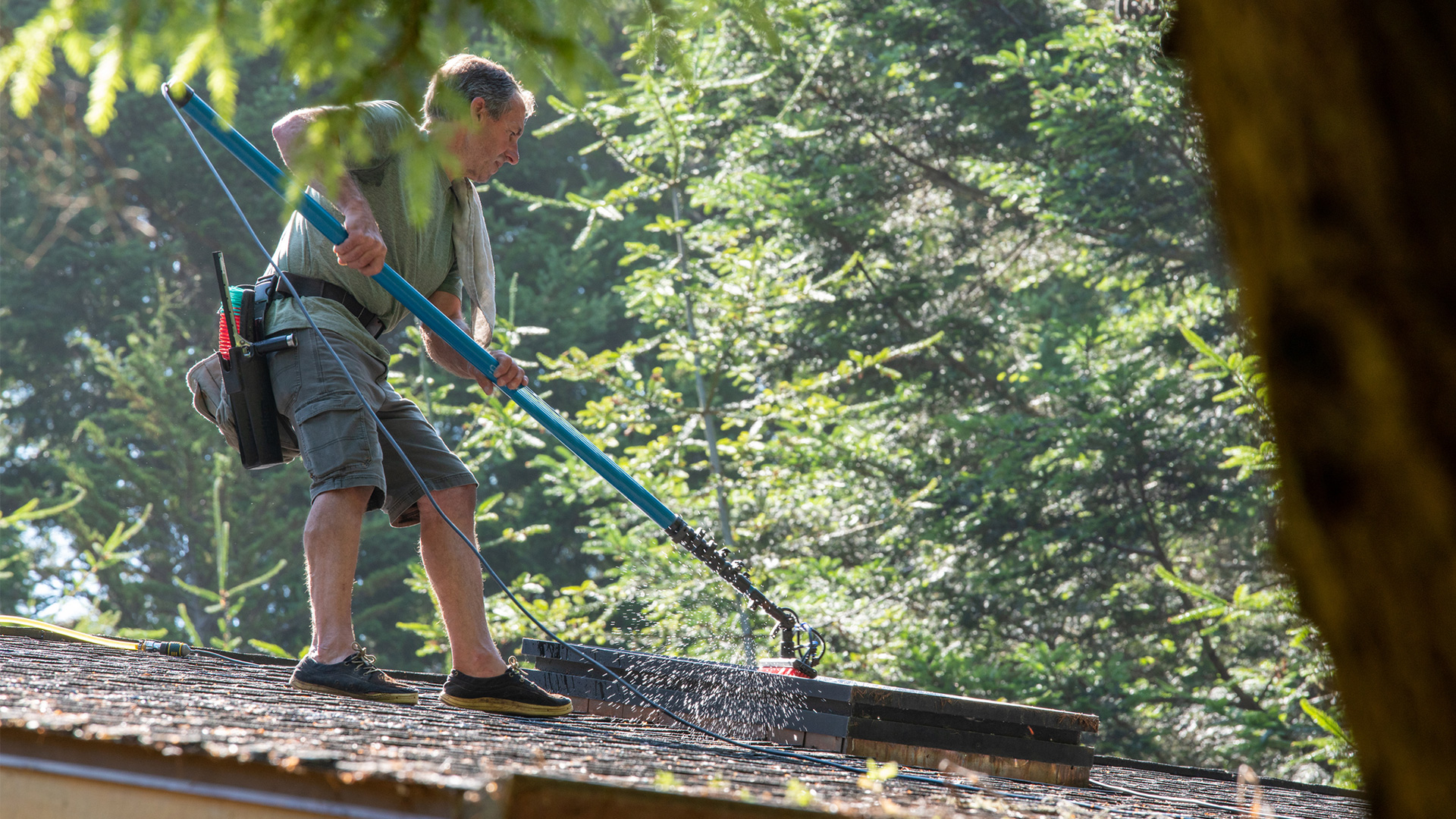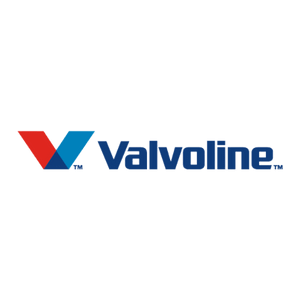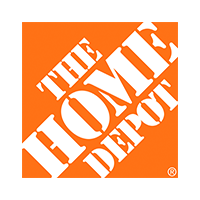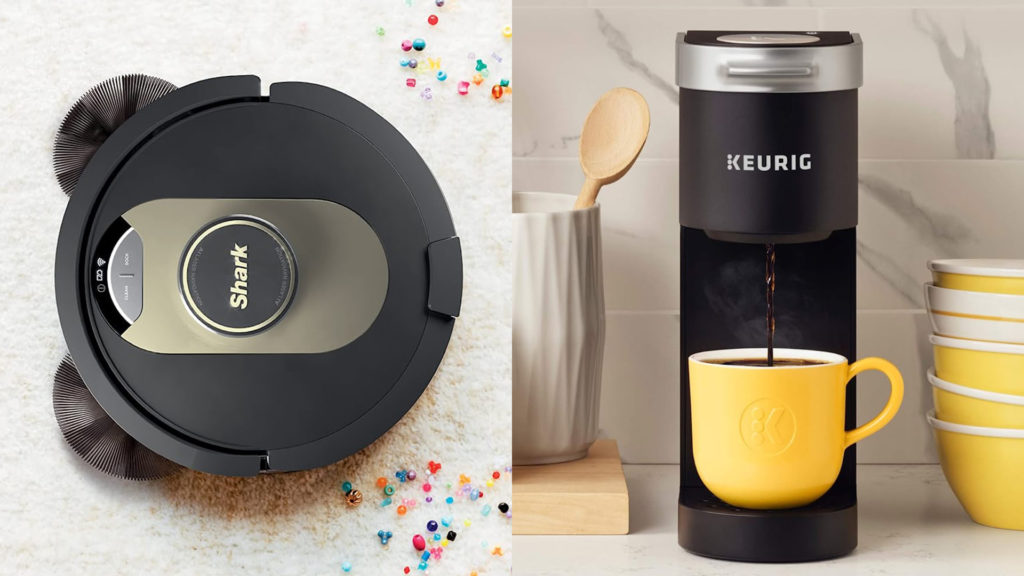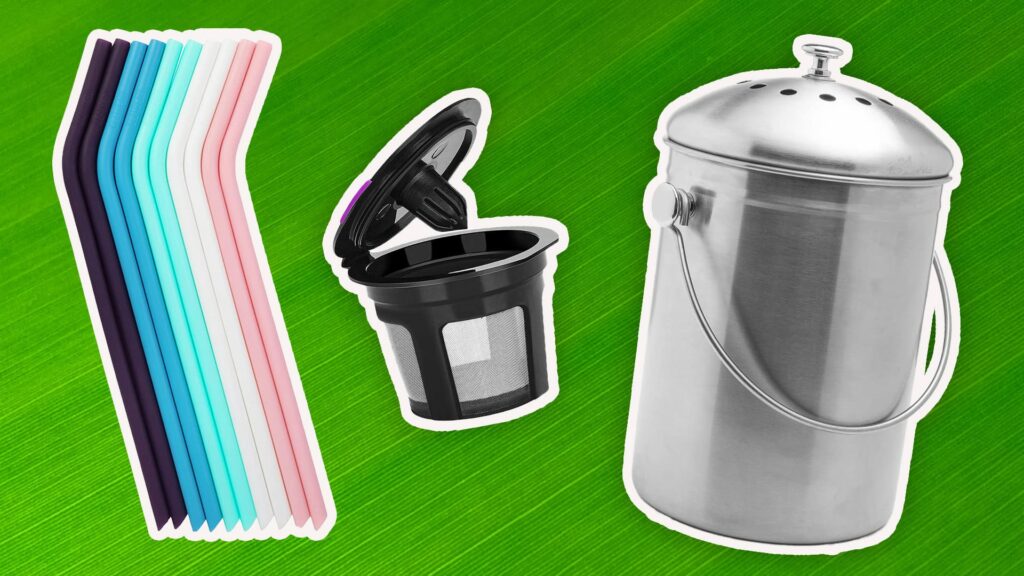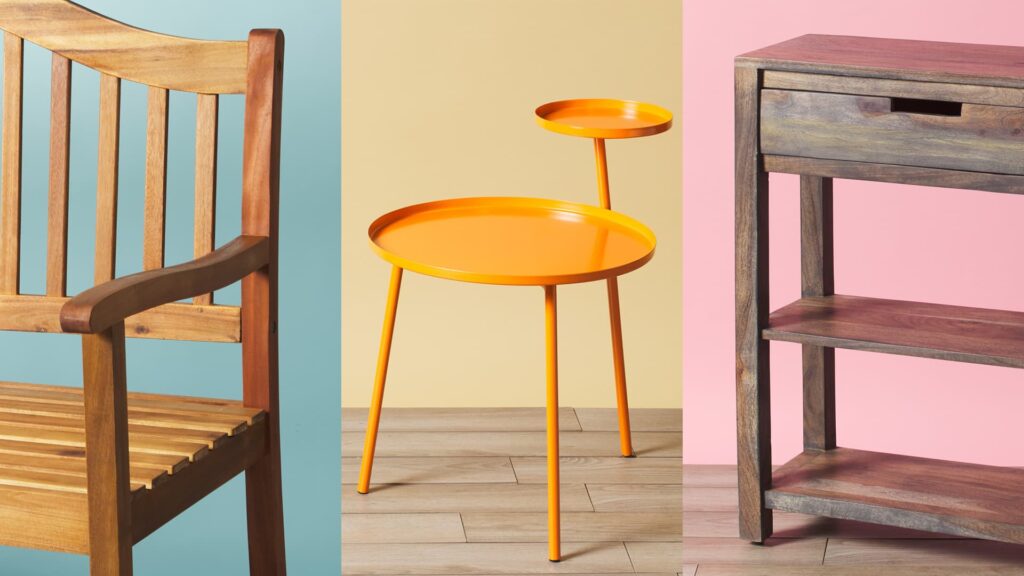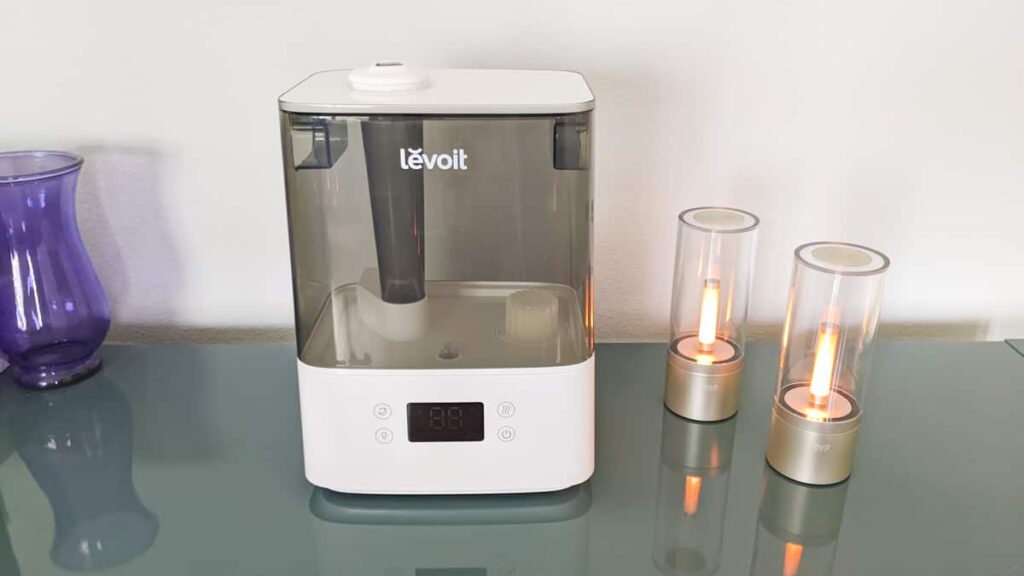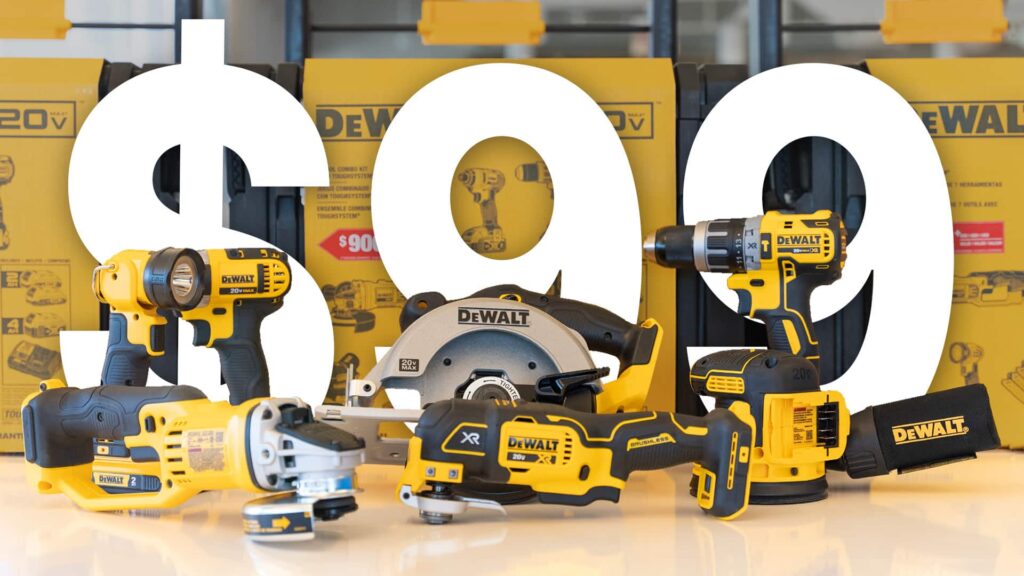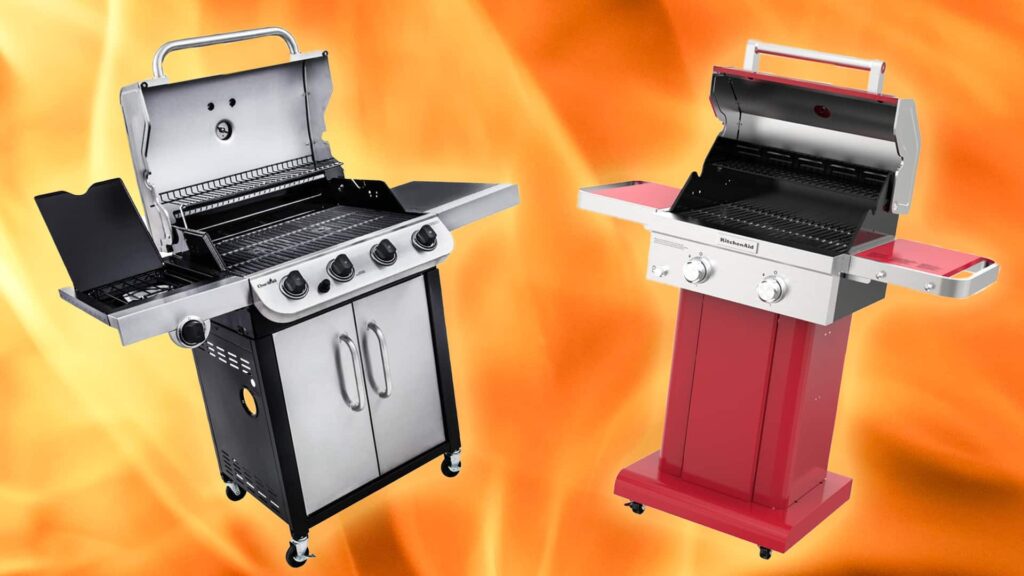Advertiser Disclosure: At Slickdeals, we work hard to find the best deals. Some products in our articles are from partners who may provide us with compensation, but this doesn’t change our opinions. Our editors strive to ensure that the information in this article is accurate as of the date published, but please keep in mind that offers can change. We encourage you to verify all terms and conditions of any product before you apply.
Reading Time: 4 minutesFor DIY-ers and folks who love a good challenge, home maintenance can seem like a perfect proving ground. The trouble is…you gotta live in that home after you practice on it.
If you go in deep on something that’s beyond your skill level, the consequences can be immediate, long-lasting, and expensive. You literally made your bed? Now lie in it.
Some home maintenance is straightforward and even fun to tackle, like gardening or painting. Simple tasks that require simple tools and strategies are usually in the clear for the average homeowner.
However, many home-maintenance projects are not simple and require professional tools and skills. Here’s a list of some of the scariest things to tackle without the guidance of a pro.
1) Maintaining Your Roof
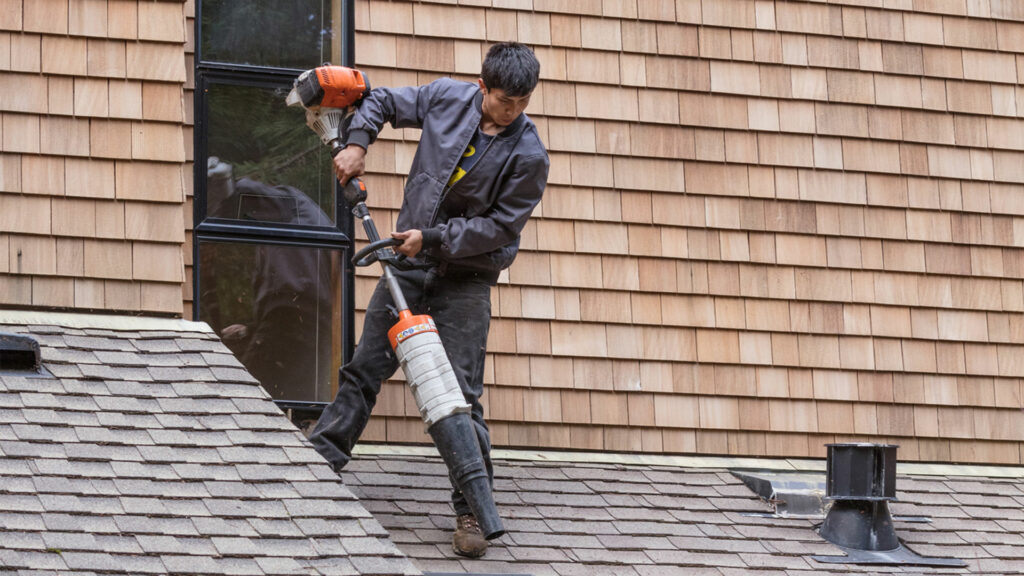
Climbing onto your roof without the appropriate ladder training, ropes, and harnesses is dangerous in and of itself. What you then do to that roof is equally treacherous. Walking around on certain materials can damage your roof, and trying to repair an already damaged roof could make things worse.
And if you try to clean your roof by yourself? Better hope you know exactly what you’re doing, or you could be looking at costly repairs for a botched job.
2) Cleaning Your Siding
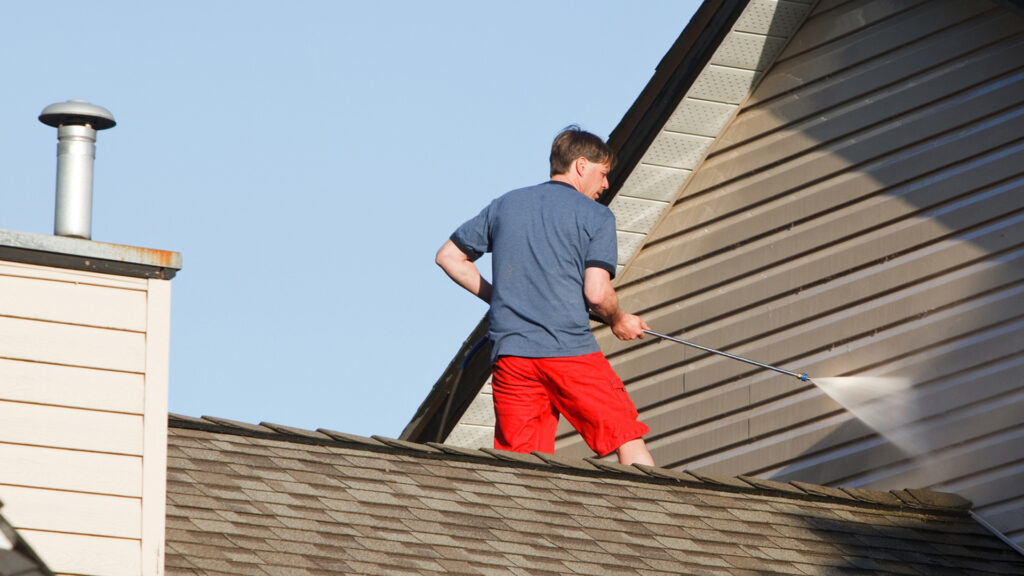
Just because you have a pressure washer in your garage doesn’t mean you should wield it against your siding. You could blast away more than just the debris and moss if you don’t know how or where to use it.
3) Washing Skylights

Washing the inside of your first-story bedroom window is one thing. Trying to wash your skylights? A completely different kettle of trouble. Don’t climb onto your roof or use ladder sets inside your home if you don’t have the proper training or gear.
4) Repairing Plumbing
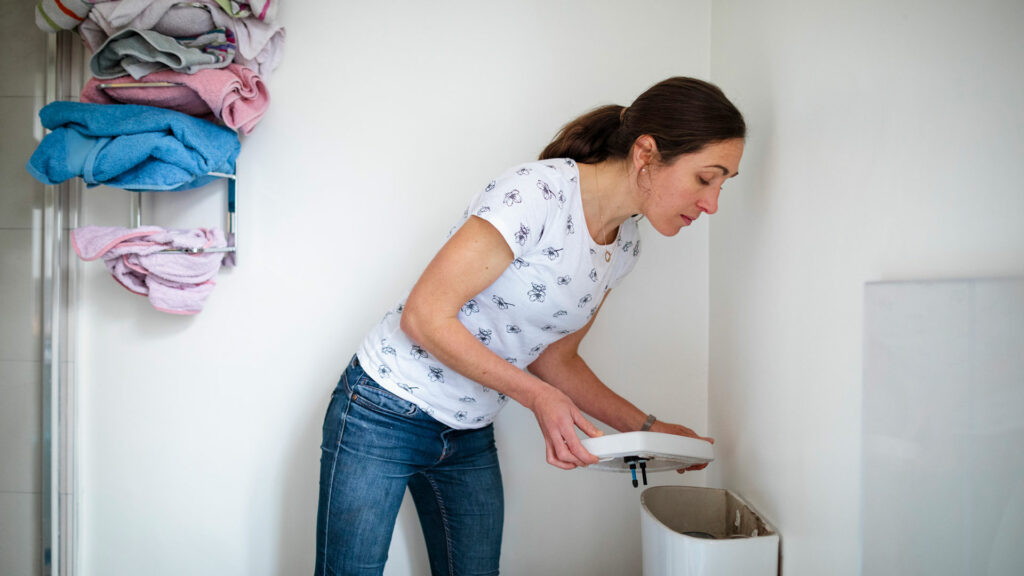
If your toilet’s not working, that’s pretty crappy. Unless you want to rent a mobile potty, you need to call a pro to get the issue fixed quickly and correctly.
Furthermore, leaks are a dangerous matter for any house, so whether it’s your shower or otherwise, you need to have someone who knows what they’re doing take care of it.
5) Wiring Electricity

Electricians have licenses for a reason. Typically your utility provider will check and sign off on whatever new work has been done, even by a professional, so make sure you do use a professional for fixes and additions.
You could get in trouble with your county later for not going through the proper channels, and you could be creating a dangerous living situation for yourself.
6) Pest Prevention
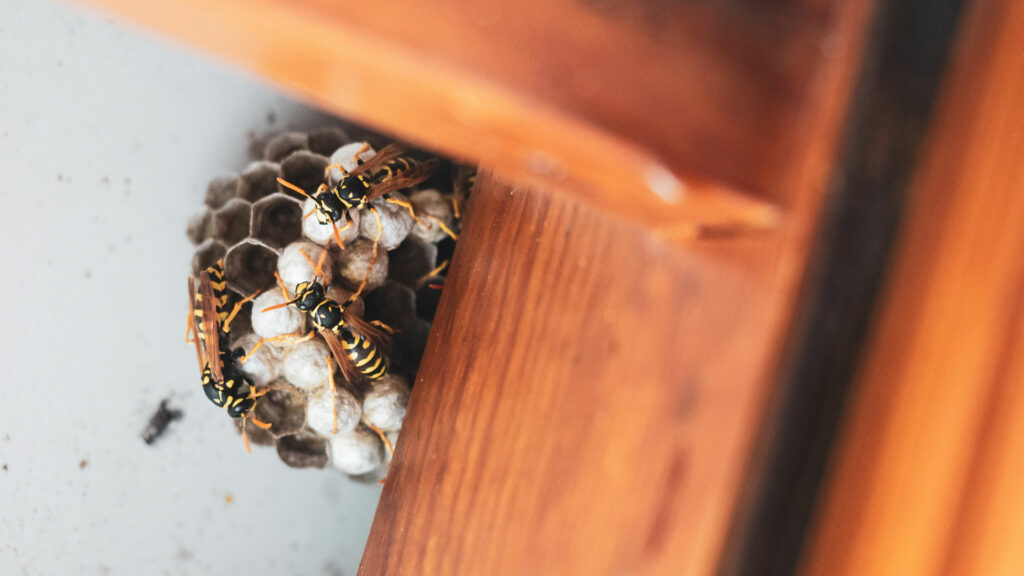
Troubles with ants, mice, and more? The right products for prevention will be safe for you, your family, and your pets. Don’t try to remove wasp nests yourself or spray unfamiliar prevention liquids around your home.
Professionals will know how to impact only the troublesome species at hand.
7) Projects with Deep Digging

Digging deep in your pocket is safer than digging deep yourself. You probably won’t know what kind of important utility work there is running under and around your house until it’s too late. Small holes for small plants are fine, but anything serious requires a serious pro.
8) Working with Gas Lines

If you’re installing or working on a gas appliance like a stove, make sure you call in the experts. You don’t want to cause a leak or a fire, as gasoline is not only bad to breathe in but also flammable.
9) Removing or Moving Walls
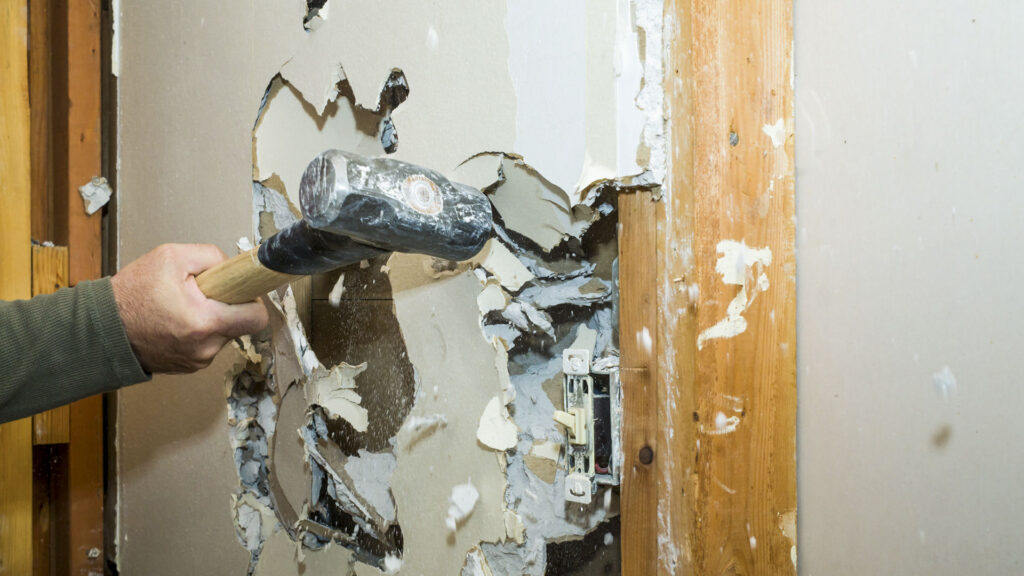
Remodeling a home is fun, but as soon as structural work is involved, consult or hire a professional. Opening up your kitchen or redoing your basement yourself won’t be worth permanently weakening and damaging your house.
10) Garage-Door Maintenance

Garage doors are big, heavy, and operate with springs. What could go wrong?! The parts might be basic, but installing them without hurting yourself is what’s key. Don’t take the risk with something so large and so dangerous.

